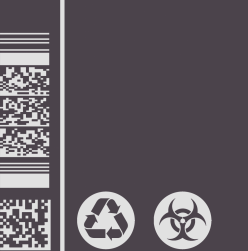This week will mainly study crowd animation in Houdini.
I watched a series of tutorials on crowd animation in Houdini on youtube. But all of them are human. None of them has a single animal.
But the following tutorials are still helping me get started.
This first video talks about how to set up an agent. The agent is the unit that makes up the crowd. Simply put, it is one person in a crowd.


These two nodes help set up the agent.

The function of this node is to read the FBX animation file on the hard disk and convert the animation into an in-place animation centred on the character’s hips. Remember to name the animation clips here, because you need to retrieve and call the clips by the name of the clips later.

The next node allows me to add more clips to the agent, like running and walking.
At this point, the set-up of the agent has been simply completed.
The next video shows how to generate crowds and randomize their state.
The nodes used in this video are a bit more complex.

This first node called crowdsource has two inputs: Agent meshes on the left and points for agents’ position on the right.

The next node is dopnet, in which we can keep working on the crowd system.

The node crowdsolver is the key node in this crowd system, which means it does the most of work. It can be seen from the fact that it has four inputs. The first input passed in is the agent. And the third input passed in is the agent stages, which are the clips we reloaded as FBX.

Finally, we can randomize the time offset of each agent in the crowdsolver node to make them walk differently.
This video is about how to use a curve to guide the direction of the crowd.

The node popsteerpath can help do the job. This node is very important and I will use it a lot in my project in the future.
This video tells how to render the crowd in Houdini.
